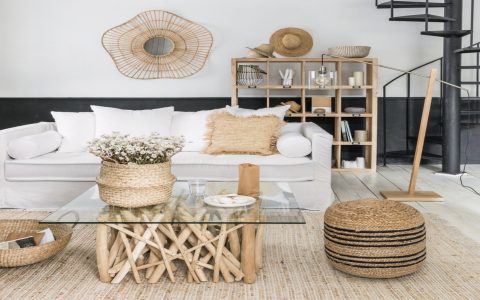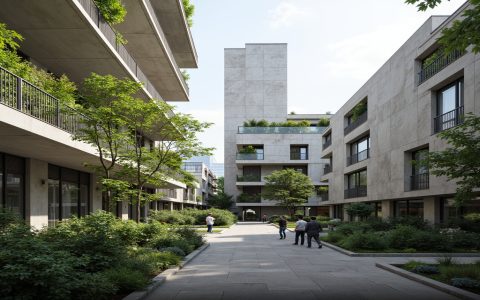Maximizing limited coastal footprints demands strategic design approaches prioritizing verticality, multifunctionality, and resilience. Here’s a focused architectural framework:
Foundational Principles
- Strict Zoning Compliance: Prioritize setback adherence, flood zone elevation (piloti or stilt foundations), and dune protection.
- Vertical Integration: Stack functions using lofts, split levels, or mezzanines to minimize ground coverage.
- Bioclimatic Design: Orientate for prevailing breezes (cross-ventilation) and solar exposure control.
Spatial Optimization Tactics
- Open-Plan Core: Combine living, dining, and kitchen into a single, flexible volume anchored by durable finishes.
- Convertible Features: Use murphy beds, fold-down desks, sliding partitions, or pocket doors for instant space reconfiguration.
- Deep Overhangs & Verandas: Create shaded transitional zones that extend living space outdoors functionally.
- Cantilevered Elements: Project balconies or upper volumes beyond the base footprint to gain usable area without violating setbacks.
Material & System Imperatives
- Corrosion-Resistant Structure: Hot-dip galvanized steel, treated timber, or marine-grade aluminum framing.
- Salt-Air Cladding: Fiber-cement boards, marine-grade plywood with advanced coatings, or composite shingles.
- Impact Glazing: Laminated or tempered low-E glass in minimal frames; prioritize operability for ventilation.
- Integrated Storage: Embed deep benches, under-stair drawers, and floor cavities for gear.
Environmental Integration
- Selective View Axes: Frame ocean vistas with key windows or sliding doors; minimize glazing on exposed west/east facades.
- Thermal Buffering: Insulated rafters, reflective roof membranes, and thermal breaks in cladding to combat heat gain.
- Native Landscaping: Use indigenous, salt-tolerant plants requiring no irrigation to stabilize soil and blend the structure.
Avoid overcomplication. Focus on a lean structural grid, spatial fluidity, and materials engineered for harsh coastal conditions to achieve enduring functionality within severe constraints.







